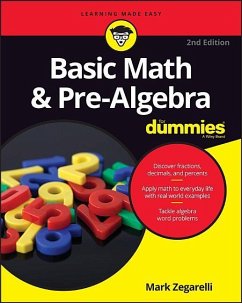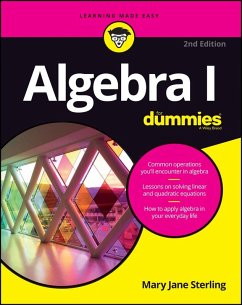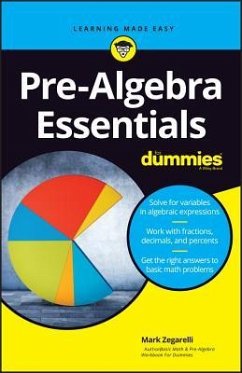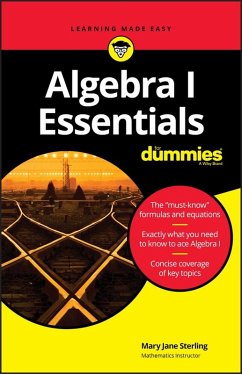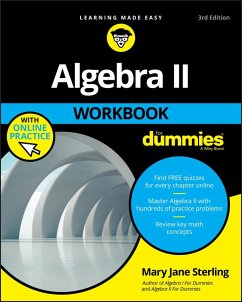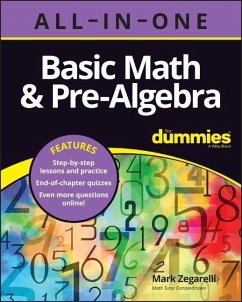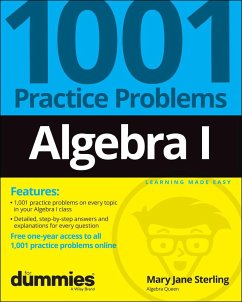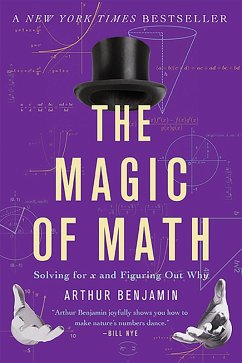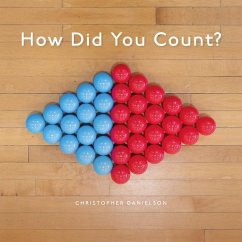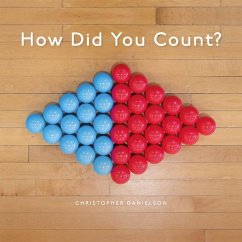
Fractions for Dummies
Versandkostenfrei!
Versandfertig in 2-4 Wochen
22,99 €
inkl. MwSt.
Weitere Ausgaben:

PAYBACK Punkte
11 °P sammeln!
Get the whole story on fractions Fractions are one of the toughest concepts to master for young mathematicians. Fractions For Dummies makes it easier, with clear explanations, step-by-step solutions, and plenty of example problems-including word problems and tips on how to solve them. You'll also explore the world of decimals and percentages, and you'll learn how all these concepts are related. Students who understand fractions can cook, budget, tip at restaurants, and succeed in their future math learning. Make fractions a piece of pie with this Dummies guide! Inside... * Basic math operation...
Get the whole story on fractions Fractions are one of the toughest concepts to master for young mathematicians. Fractions For Dummies makes it easier, with clear explanations, step-by-step solutions, and plenty of example problems-including word problems and tips on how to solve them. You'll also explore the world of decimals and percentages, and you'll learn how all these concepts are related. Students who understand fractions can cook, budget, tip at restaurants, and succeed in their future math learning. Make fractions a piece of pie with this Dummies guide! Inside... * Basic math operations with fractions * Clear, easy explanations * Tips for solving word problems * Convert between fractions, decimals, and percents * Working with mixed numbers * New fraction strategies being taught in schools




